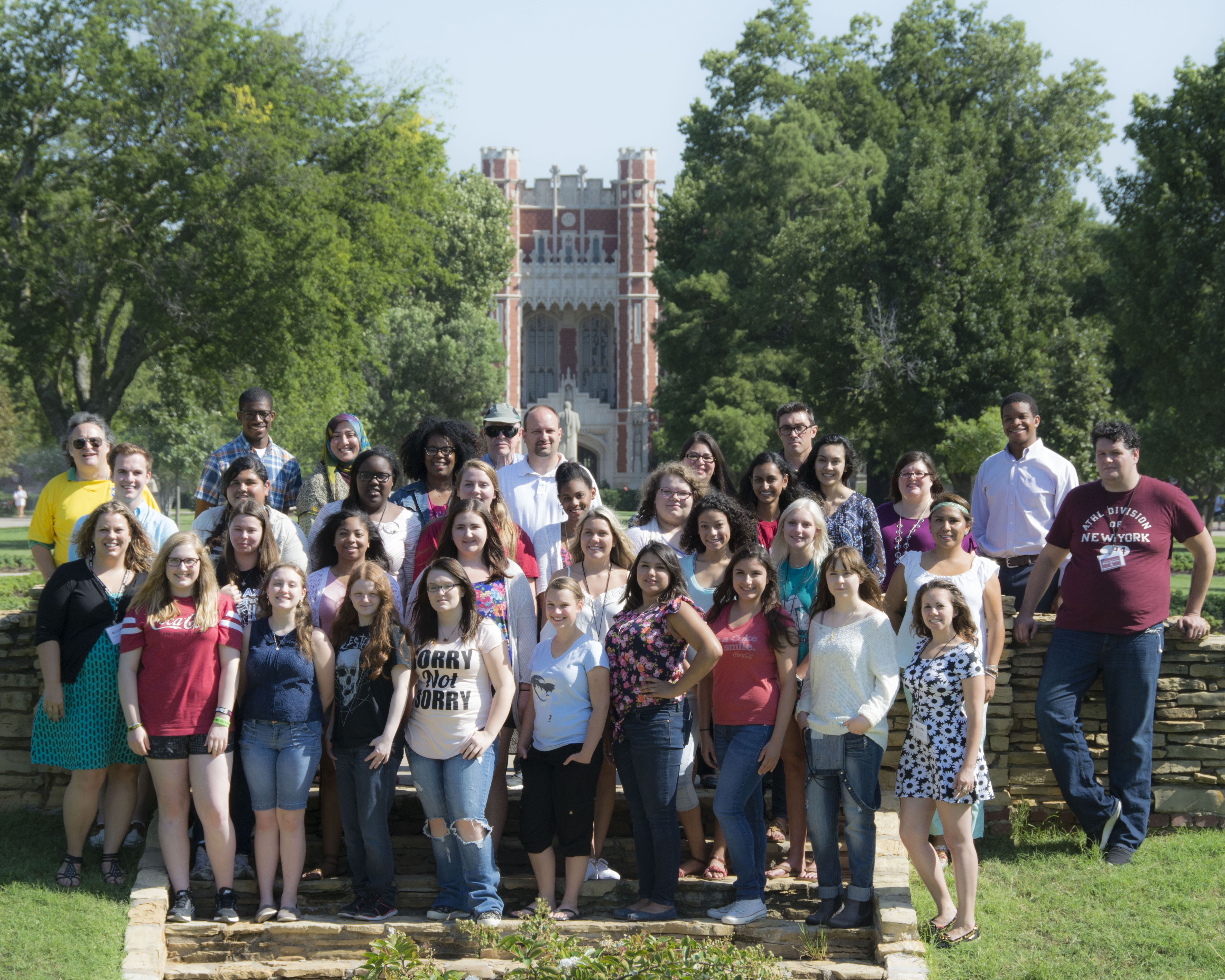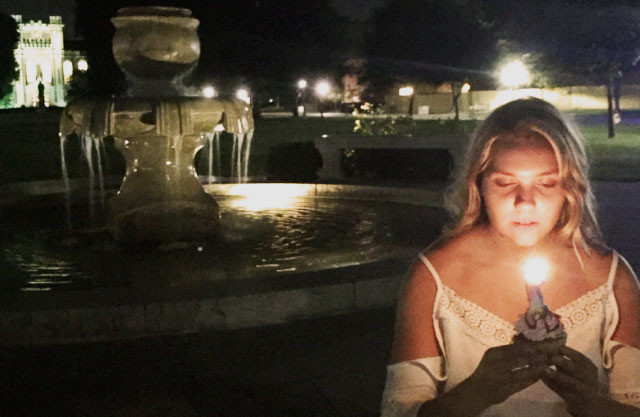Working hard on a story only to have the content scrapped before publication is something former Norman High School student Makenzie Millsap is familiar with. Millsap wrote an article about the popular but sexually explicit book “50 Shades of Grey” by E.L. James for her high school yearbook, but school’s Principal Scott Beck removed the story before it could be published.
Millsap said she knew the story might be controversial, but she thought she could “write around the parts that were bad.”
“My main goal was to write an interesting story on how big the movie got and how crazy a motion picture can get within our student body,” Millsap said. “I thought it might have some problems, but in the past, I had co-staff members that had written other controversial stories, so I was hoping I could also.”
Although he disallowed the “50 Shades of Grey” story, Beck had previously given students permission to write about topics such as the transgender community and rape. He declined to be interviewed for this story.
Richelle Hallows, a former Norman High School student and editor of its 2014-2015 yearbook, said she believes Beck cut the story because of the mature content of the “50 Shades” book.
Millsap said Beck told her and her fellow editors that the story could not be published because “the consequences that came with publishing it in a high school yearbook were too great.”
“He also made the point that people might get the wrong idea about what we were saying because, earlier in the (year) book, we wrote a story about how we were protesting the wrongfulness of rape, (and) that writing a story about ‘50 Shades’ was counteractive to what we were trying to raise awareness for,” Millsap said.
Hallows said members of the yearbook staff took part in a series of meetings with Beck. During some of the meetings, they discussed the prospect of excluding the content he was displeased with.
Millsap said her story didn’t include explicit content.
“I spent two hours for two and [a] half days in my principal’s office trying to rework the story and come to a compromise. Ultimately, it was shut down completely, and there was not a trace of ‘50 Shades’ in the (year)book at all,” Millsap said.
According to Frank LaMonte, executive director of the Student Press Law Center (SPLC), presentation is a big factor when a principal or other administrators decide what questionable content runs in student publications.
Hallows said her editorial staff was not unified during its meetings with Beck. She thought the disunity was a contributing factor to their thwarted efforts to publish the story.
However, Millsap blamed the failed attempt at saving the “50 Shades of Grey” story on the fact that the New York Times bestseller is a controversial book.
“I wasn’t really surprised because I knew I was going to have to talk to Beck anyways, so when it came down to finally talking, and he basically cut it without any thinking at all, I wasn’t that surprised, I was just sad,” Millsap said.
Although Millsap said she was disappointed with Beck’s decision, she understood his point of view.
“Mr. Beck’s point about parents getting upset that this was in their child’s yearbook that they are supposed to look back on and see memories, not some controversial movie about a controversial topic, made sense to me,” Millsap said.
The law allows Beck to take the action he did because of the U.S. Supreme Court’s decision in the1988 case of Hazelwood School District v. Kuhlmeier. According to Scholastic online, the Hazelwood ruling allows the school administration and other school authorities to refuse to publish a story in a school publication if it is deemed non-educational in any shape, form or fashion.
LaMonte said students should know their rights about freedom of the press so they can protect themselves in a more productive manner. He also said that many schools set policies at the district level, which are beneficial for students to know.
“If students want greater protection, they have to take ownership of that,” LaMonte said.
He recommends that students rally to talk to officials about passing student censorship laws similar to those in North Dakota.
North Dakota’s student press freedom law provides students and administrators with strict guidelines as to what principals can censor when material is questionable.
LaMonte also suggests that students who have been censored post their content online to websites of their own.
In the case of the Norman High School yearbook, the students did not take legal action against Beck or the school, but LaMonte believes they would have had a chance to win the court case if they did. According to LaMonte, the details surrounding the “50 Shades of Grey” article are questionable, and he isn’t sure that Beck’s reasons would have been upheld in court.
Though Millsap and her classmates did not sue the school, they were emotional about the outcome. She said that she was hurt because she spent so much time trying to keep explicit content out of her story.
“Ultimately in the end, I completely understood why it was cut. I was just very upset that I had worked so hard to make sure that this story was just about the phenomenon of a motion picture in high school, and not about the story itself,” Millsap said.
This map contains cases with the main focus of censored students from across the United States and Canada, take their content to court.





